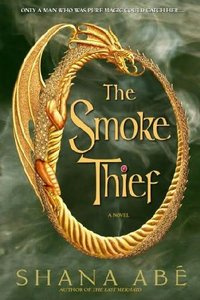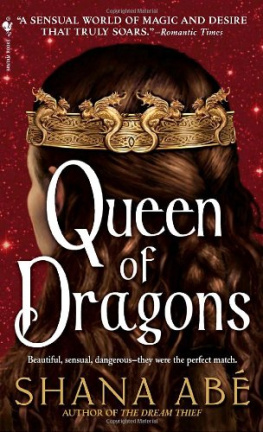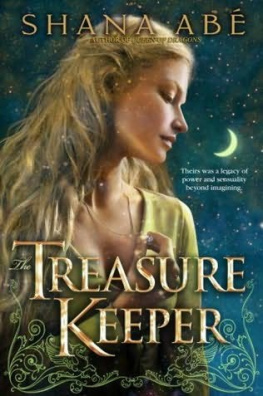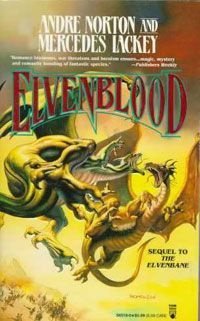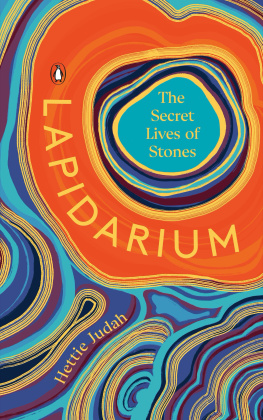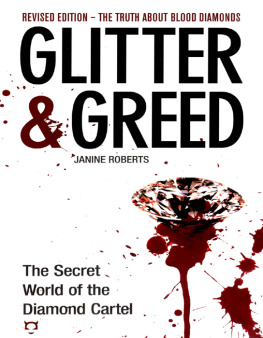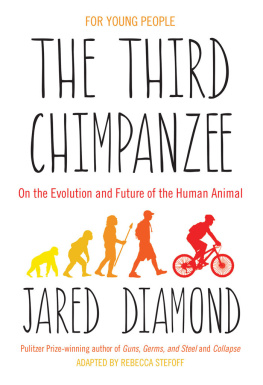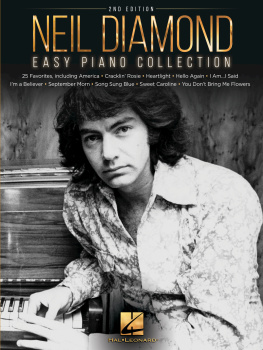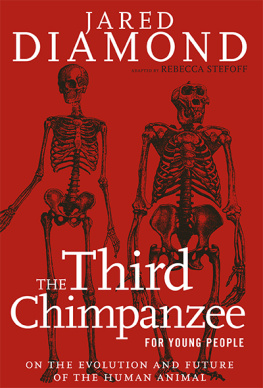
The second book in the Drakon series, 2006
For beautiful, amazing Stacey, who had the strength to pull me through. I love my sister.
Shauna Summers, Annelise Robey, and Andrea Cirillo: boundless gratitude for your patience and kindness. It made all the difference.
Mom and Dad, Ted and Jen, Bob, Mandy, all the kids, the rabbits and the crazy dog: you make my life better. Thanks.

Once, there were more of us.
Once we roamed the skies unfettered, masters of the four winds. We chased the sun and devoured the moon, sprinkled across the heavens like fierce, relentless stars. That was our right and our destiny, and none could survive our bright-eyed devastation.
We were splendor and smoky death. We were drkon.
Our home was the raw, misted mountains, and then a castle, built with hands and claws and laboring hearts; frosted white, wreathed with sky, it rose into a snow-crystal reflection of our might. We had no need of Others. We had no need to conquer. Already we ruled every realm of true worth.
Clouds pillowed our slumber. Stones sang us ballads from deep within the earth, begged us to gather them in our fists and keep them close. We pressed diamonds into the walls of our castle. We dined on plates of jasper and drank from goblets of quartz. Copper and gold graced our hair, warmer and more lovely than sunlight after storm.
And at night, in the sparkling dark, we would fly.
But such glories cannot long go unnoticed by the lesser beings. The Others looked up and envied us our castle and our wings. They swarmed our forests and mountains, determined to steal what was ours. Base and coarse and made of mud, they possessed one single, terrible weapon that we did not: ambition.
They burned the trees. They scorched the fields. They riddled our bodies with arrows.
And we fell apart.
Our once was taken from us, and we split into two peoples: those who remained in the castle, and those who fled for safer skies.
For generations, we who remained suffered the fate of those who choose to survive at any cost.
For generations we plotted, learning to blend in with the Others, using our wealth and Gifts to devise a new method of devouring the enemy: that of slow, inexorable seduction.
We became them. We walked among them. We wrapped ourselves in their scents, their habits, their small lives. When they invoked a human word for our mountains-Carpathians-we adapted again and whispered to the wind a name for our castle-Zaharen Yce-and then ourselves.
The Zaharen.
We pretended to be of mud instead of stars. We pretended not to fly.
And the people below us pretended to believe.
In this fashion, over time, we began to prosper. We unearthed new diamonds for the walls of our castle. We discovered new ways to bend the Others to our needs. Eventually they even accepted us as the dread leaders our blood and our hearts demanded we be; we commanded their armies and reclaimed our lands.
We made towns and mines and the finest of vineyards. We became my lord, my prince, beloved grace. Once again we shone with copper and gold.
And all was lush and good, until the loss of the dreamers diamond. Until the loss of Draumr.
Dr. Hansens Encyclopedia of Eastern Fables, Derived from His Travels Through the Lands of Hungary, Romania, Transylvania, and the Empire of Russia
Published London, 1794
and, in fact, one of the most enduring legends among the peasants of the Carpathian Mountains is that of the supposed dragon-people. It is a testament to the overwhelming dread spawned by these imaginary beasts that it required a good fortnight and a hefty sum from my purse to discover a shepherd who would even mutter the proper name of the monsters into my ear: drkon.
The drkon, then, are magnificent, terrifying creatures who have the ability to exist as humans but may transform into dragons at will, especially at night. The popularity of these tales may be observed from hearth to hearth across the Carpathian range, where they are recounted with either fear, scorn, or admiration, but always with heartfelt sincerity. To the credulous, simple folk of these alpine villages, the dragon-people are real. Indeed, as I traversed farther into the mountains, I found the steeper the elevation of the hamlet, the less likely I was to observe any man or woman at night with eyes lifted above the ragged edge of the horizon. It is believed by the serfs that to observe a dragon in flight is an omen of extreme ill fortune.
By piecing together this and that of the various anecdotes, I was able to deduce several facts regarding the drkon:
As humans, they are dangerously convincing. The only physical aspect that betrays them is their extraordinary beauty, said to bewitch even the most jaded of rogues.
As dragons, they are fearsome hunters and fighters, reigning supreme over all other beasts.
And as both humans and dragons, they are easily entranced by gemstones. The finer the stone, the deeper the spell it will hold upon these creatures. A very many of the serfs I met carried with them white chunks of the native quartzite, believed to deflect the evil dragon eye.
The best-known legend of the drkon involves a medieval dragon-princess, a fair damsel spirited away by a clever, brutish peasant boy and forced to wed him. One might indeed wonder how a peasant would handle a bride who was destined to turn into a beast each evening, and the answer involves a mysterious diamond given the name Draumr [rough translation: the dreaming diamond], a magical stone with the unique power to enslave the drkon and leave them, essentially, at ones command.
I was informed over a meal of gulys and sweet red wine that Draumr belonged once to the dragon-people, who-most prudently!-guarded it from mankind, but it was stolen along with the princess. With the magical diamond in his pocket, the peasant was able to keep his bride and defy her family, who perished one by one as they attempted to steal the girl back.
In a suitably tragic ending, the princess at last freed herself by murdering the peasant in his sleep, but then, alas, leapt into a watery grave in one of the many mine shafts penetrating the mountains, taking the diamond with her. Thus neither the princess nor Draumr was ever seen again, although there is some debate regarding the few souls who claim they hear the diamond singing to them, usually around twilight.
Apparently there is no shame in declaring a hint of dragon blood in ones family tree.
The central locality of these tales, everyone agrees, revolves around an actual castle by the name of Zaharen Yce [Tears of Ice], belonging to an actual noble family, the Zaharen [princes and counts], none of whom condescended to an audience with the Author of This Book.
But perhaps the most intriguing notion of all the tales of the drkon is one very rarely mentioned. It concerns the idea that once, long ago, a greater family of dragon-people existed than do now, and that this initial group was somehow forced to divide, leaving one family behind in these mountains whilst the other was sent flying out into the wilds of the world, searching for a new home.
One is left only to ponder over the agreeable comforts of tobacco and a tankard of the fine local brew where such infamous creatures might have deigned to touch back to earth
Next page

